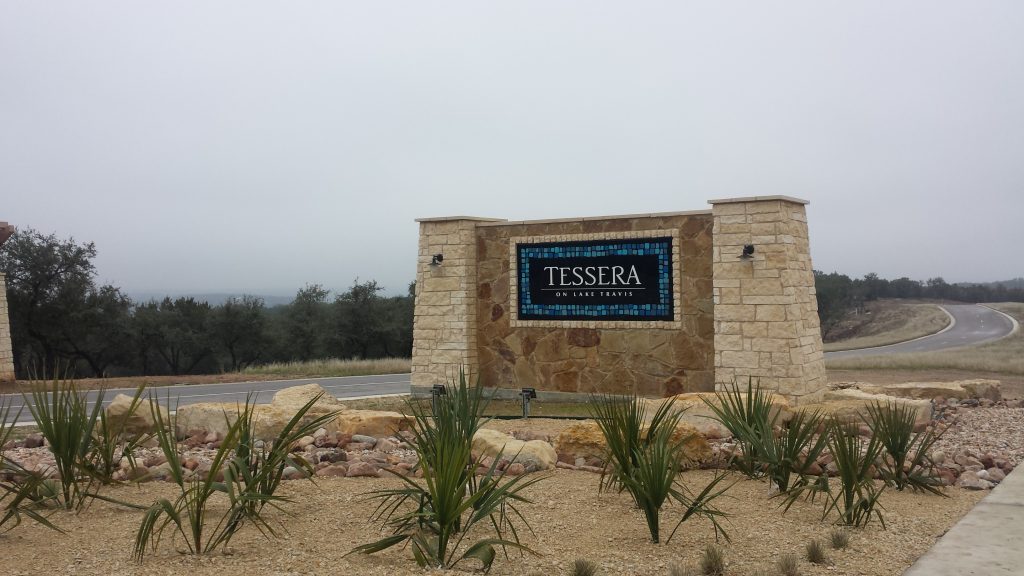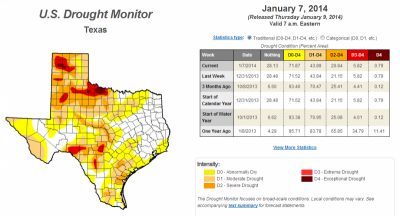The LCRA has submitted a new Water Management Plan to the TCEQ, and is currently operating under emergency drought relief measures approved by the TCEQ in December. This new plan means greater ability to manage drought conditions and creates a much improved, fairer system than in the past. First, a few basics about the LCRA and its organization. The LCRA has many roles: managing the water supply and environment of the lower Colorado River basin, delivering electricity, providing parks and recreation areas, and developing water and wastewater utilities. The LCRA receives no tax dollars and operates with revenue from power generation and water delivery.
Now for a few basics about the LCRA water management plans. The LCRA drafts these plans in order to manage the Highland Lakes system, including Lake Buchanan and Travis. The first plan was drafted in 1989. The plans were updated in 1992, 1999 and most recently 2010. Users of this water include approximately 1 million Central Texas Residents, industries in the Colorado River basin, and downstream agricultural users. The agency obtains consumer input and holds community forums during the planning process. The final step is approval from the TCEQ. These water management plans spell out how the water is allocated, who has priority rights, and how drought conditions are managed.
The LCRA is currently operating under emergency drought relief measures. Had the lakes contained more than 920,000 acre-feet of water on March 1, the LCRA would have had to revert to the procedures in the outdated, ineffective Water Management Plan approved by TCEQ in 2010. The lakes was about 70,000 acre-feet short of that cut-off mark. The lakes were also only 2,500 acre-feet short of the cut-off guaranteeing water for rice-farmers downstream. Since these volume cut-offs were missed, volume has risen dramatically. As of March 23rd, current volume is 961,202 acre-feet, which is over 100,000 acre-feet than March 1st.
Clearly, the past plan has clearly been less than adequate addressing how to handle a drought as severe as our current one. Provided the lakes return to a greater degree of capacity, better water management is the key to avoiding or at least, minimizing a drought such as the one from which we are emerging. The new proposed plan contains the provisions for better management.
Major changes in the new plan:
The new plan will utilize 2 trigger points for determining allocation/provision of water for downstream farmers. The current plan has only one, on January 1. The new plan adds a secondary trigger points on June 1st. A trigger point determines quantity (or access at all) of downstream water allowed for farming uses.
The past plan allowed unlimited usage of water for agricultural businesses provided the lake level was above an upper limit. This practice was called “open supply”. The proposed water management plan will have an upper limit at all times for agricultural users. No more unlimited usage for downstream users will mean that a full lake will stay full longer.
In the past plan, agricultural water supply was unrestricted even as voluntary conservation was implemented for city and industry users. This is a clear example of how unequal and unfair the current plan has been. The current plan requires city and industry to restrict water usage only after agricultural supply has been restricted.
In summation, the new plan provides the LCRA the ability to manage drought conditions. This is critical as Austin continues to grow. Better and equitable water usage is a necessary part of a well-managed city.
Steve Broyles is a Real Estate Broker and Economist in the Central Texas Area. Steve believes that understanding these city and community matters is crucial to serving your needs in the real estate market. For help with buying or selling Lake Travis waterfront properties, he can be contacted at 512-917-4298.



